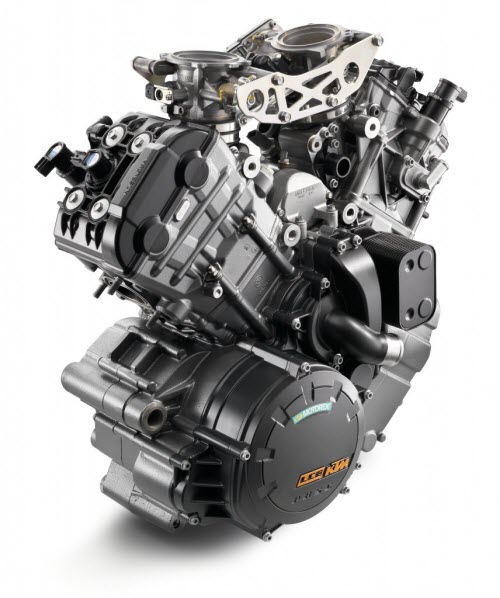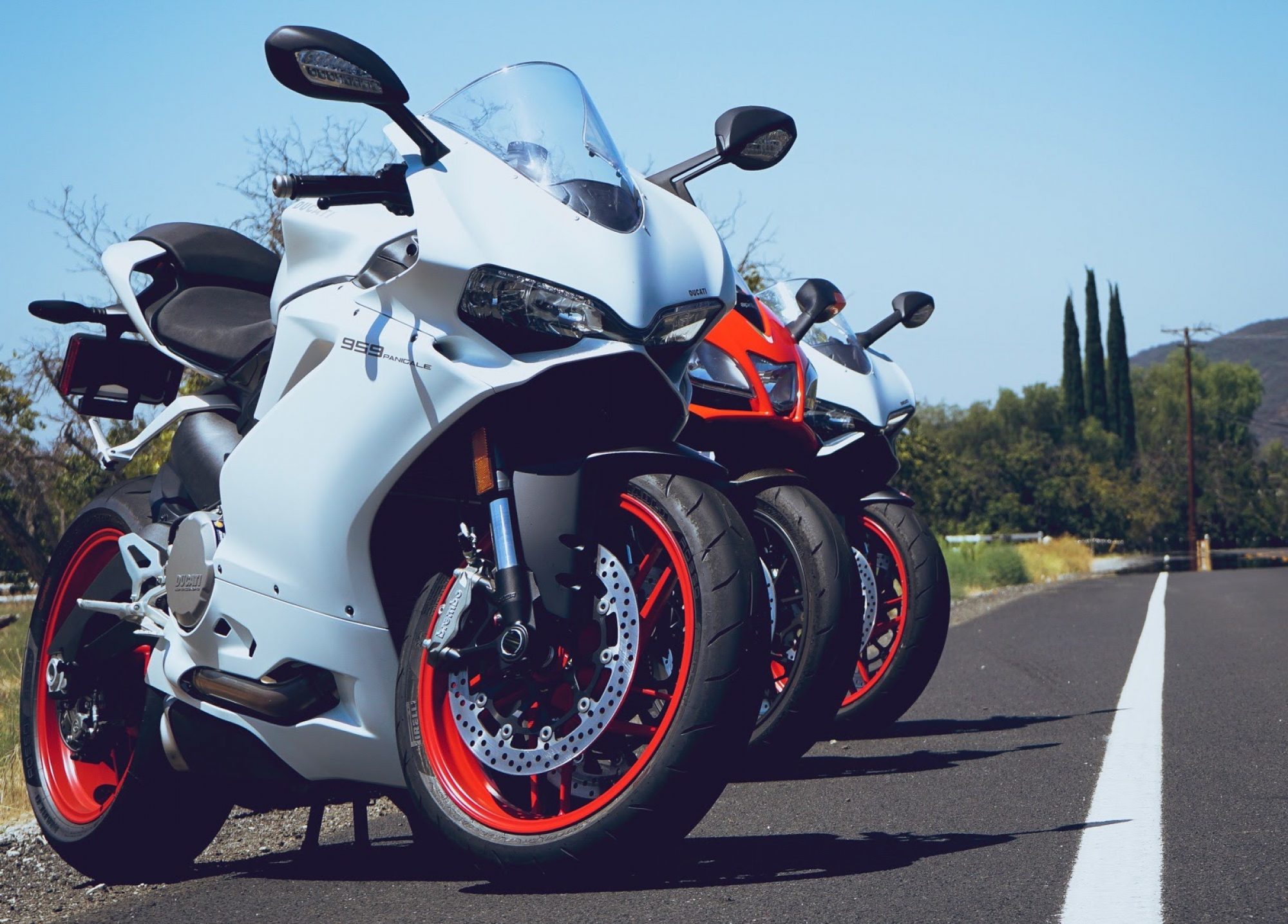
Updated 4/20/2021
I previously wrote a post about the differences between the various engine types you might encounter in sportbikes, but since then have received a lot of questions about the differences in riding a v-twin vs. an inline 4 motorcycle. The sportbikes I usually recommend for beginners have parallel twin engines, but most sportbike riders eventually want to own a sportbike that has a v-twin or inline 4 and want to know what the differences are when riding down the road. This is not meant to be a nerdy technical exercise, but rather a focus on the riding impressions of each engine type.
One is Smoother Than the Other
If you’re comparing two similarly sized engines, an inline 4 will usually feel smoother than a v-twin, especially at lower RPMs. The smaller cylinders and pistons don’t make as much torque and the vibration effect is typically less pronounced. This makes an inline 4 engine feel quite smooth and easier to handle, most notably while the revs are low.
The v-twin on the other hand can make more torque because of its bigger cylinders and pistons, but with increased vibration typically accompanying the larger hardware. That said, some manufacturers do a better job than others of vibration damping; even some bikes with inline 4 engines can give similar-sized twin cylinder engines a run for their money in the buzzing department (I’m looking at you, Italy).
The Power Feels Different
V-twins can usually make more torque, translating into a feeling of instant power when rolling on the throttle. Think of torque as pulling power. At lower RPMs when taking off from a start, the power from a v-twin is more immediate and forceful than an inline 4’s. Newer riders can find this level of torque harder to manage, resulting in things like jerky take-offs or stalling the bike due to the fear of the torque.
Where the inline 4 shows its power is in the high RPM range. Sportbikes with inline 4 engines can generally make more horsepower than their v-twin counterparts at the same engine size, but they need to be revved well past 10,000 RPM to find that peak power.
It’s All About Personal Preference
Both engine types have their pros and cons as well as their fans and detractors. You can get into a pretty heated argument with experienced bikers over which engine type is best, but it really just boils down to preference. You can have a beautiful sportbike with a smooth but high-revving inline 4, or the booming sound and big torque of a v-twin.
Final Note About Racing
In the World Superbike championship, where manufacturers battle each other with modified versions of their street bikes, Ducati previously needed a displacement advantage (bigger engine) rules exception in order for their v-twins to compete with 4 cylinder machines from other manufacturers. They have since changed to a v-4 engine configuration, but their older v-twin race bikes were allowed a maximum size of 1200cc, while 4 cylinder machines are limited to 1000cc. This indicates that it is quite difficult / expensive to extract similar power from a v-twin vs. a 4 cylinder machine of the same size.

One Reply to “V-Twin vs. Inline 4: Riding Impressions”